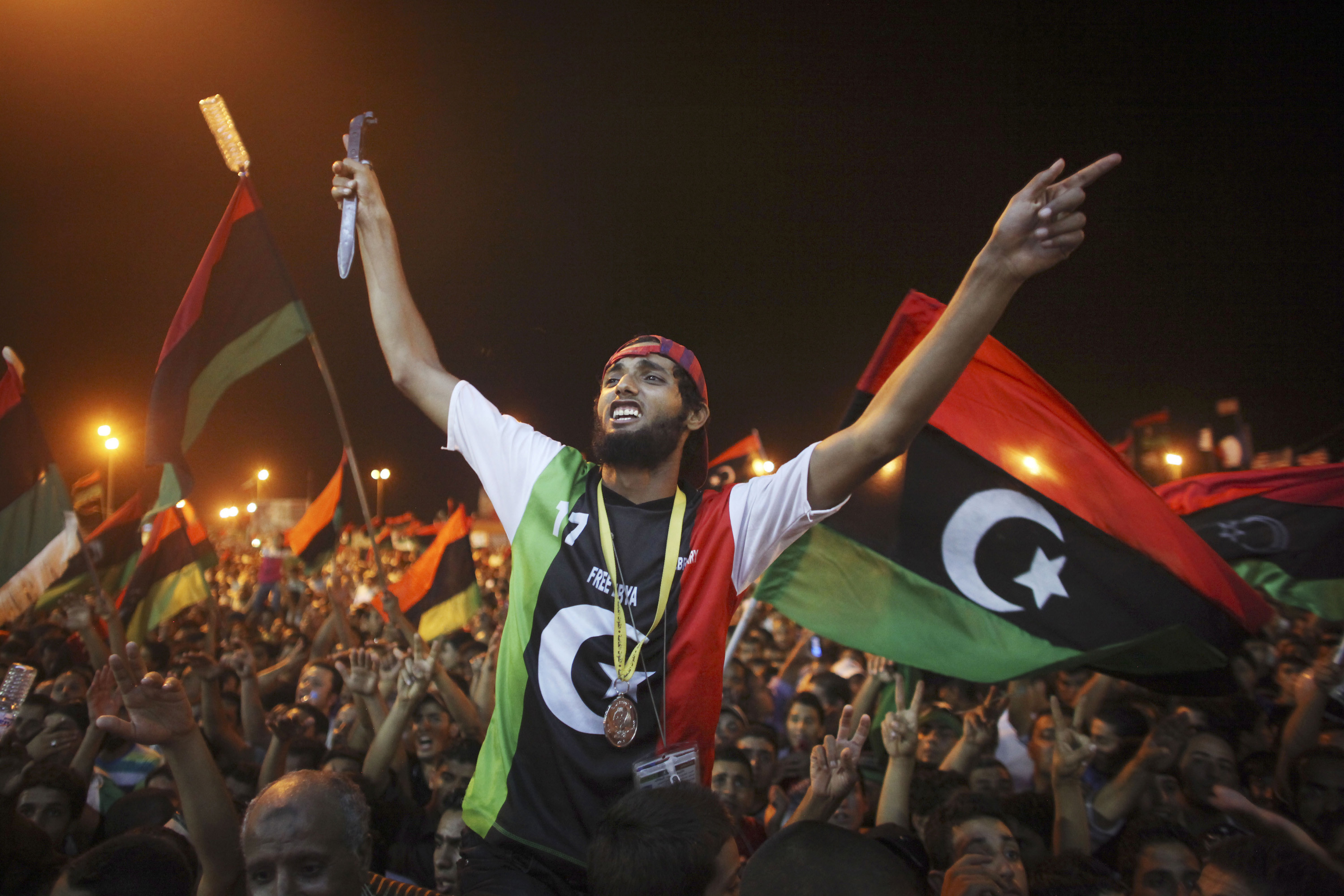
The Muslim World devotes its January issue to the growth of fissures and sectarianism in Islamic societies generated by the Arab Spring. While the divide between Sunni and Shia forms of Islam is the most obvious source of widening schism in the Middle East and North Africa, contributors also look at more recent clashes within and between purist Wahhabi and more extremist Islamic movements, and the conflicts between Muslims, non-Muslim (Christian and Druze), and secular groups and actors in Turkey, Egypt, Kuwait, Iraq, Iran, Syria, and Lebanon. Even as the sources of division and sectarianism run deep, the Arab Spring’s tendency to legitimize stirrings toward direct democracy and majority rule is widely viewed as triggering the crisis. The contributors are less united in explaining why sectarianism is such a potent transnational force even in Islamic societies not directly involved in the Arab uprisings. The introduction to the issue notes that prominent political scientists and historians still discard the role of sectarian disputes in driving the current imbroglio, yet the rising tide of preachers, pundits, and other “sectarian entrepreneurs” who have the ear of politicians and governments frame their political claims “with repeated references to age-old theological disputes and scores to be settled.” For more information on this issue, visit: http://onlinelibrary.wiley.com/doi/10.1111/muwo.2016.106.issue-1/issuetoc
There has been no shortage of books and studies critiquing Islamic restrictions on the social and religious activities of women, most often involving the various symbolic and political meanings of head coverings and clothing. The new book Women, Leadership, and Mosques (Brill, $213), edited by Masooda Bano and Hilary Kalmbach, stands out in providing a detailed examination of women actually involved in leadership roles in the largely conservative, day-to-day world of Islam. In the Introduction, Kalmbach discusses how there is something of a tradeoff regarding women and Islamic institutions: they can stand outside and explicitly critique gender norms in Islamic societies and institutions, but it is likely they will draw an audience of those who already welcome that message. This book shows that women who choose the less overt route of working within existing Islamic structures, thereby expanding their influence within communities that may reject female leadership, face different challenges.
Some of the expressions of women’s leadership are quite unique, as shown in the chapters on women-only mosques in China and Turkey’s recent policy of appointing government approved women preachers in mosques and surrounding communities alongside male colleagues. More often, female Muslim leaders face people—men and women—who resist their roles as leaders and scholars, have to build “audiences from scratch” in communities where women do not normally attend the mosque, and compete with long-standing organizations that have gained the allegiance of women. In return, they may get more respect from their male colleagues and official and unofficial constituencies. A case study in this struggle is the chapter on Saudi Arabia, where the state’s policy of exclusion and segregation has actually facilitated the rise of female preachers in new parallel female religious spaces (both physical and virtual). Other chapters include studies on women preachers in a wide variety of countries (from India to Morocco), women’s leadership in Quranic circles and on the Internet in Saudi Arabia, a women’s revival movement in Syria, and women’s activism on leadership roles in American Islamic groups.
